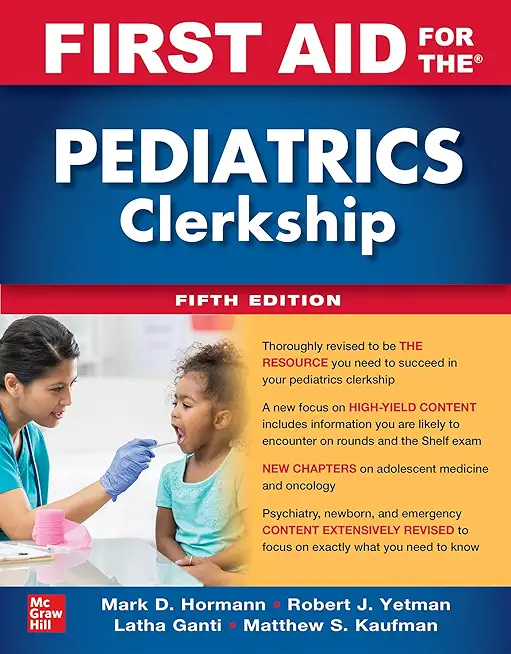
Twohig, Michael P.
product information
description
py) can be applied to any psychological disorder that involves struggle with inner experiences. With over 300 randomized clinical trials supporting its effectiveness, ACT has seen rapid growth in popularity, and an increasing number of therapists are being trained in its use. As such, the demand for practical resources on providing ACT has never been greater. ACT in Steps is aimed at any therapist who wants to get familiar with ACT. Chapters walk therapists through a recommended sequence of ACT sessions, including creative hopelessness, control as the problem, acceptance, defusion, mindfulness, values, and committed action, and provide accompanying materials for clients. The book also provides information on assessment, case conceptualization, treatment planning, and intervention that therapists can use as a starting point for practicing ACT. Exercises and worksheets are included which will continue to be useful long after readers have achieved mastery of ACT. Designed to serve as a more structured framework from which therapists can learn and experiment with ACT concepts, ACT in Steps is suitable for anyone interested in applying ACT across a range of presentations, from graduate students seeing their first clients to clinicians with years of experience interested in learning about ACT for the first time.
member goods
No member items were found under this heading.
Return Policy
All sales are final
Shipping
No special shipping considerations available.
Shipping fees determined at checkout.







